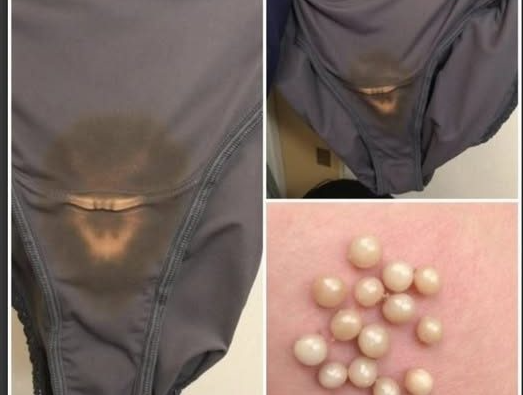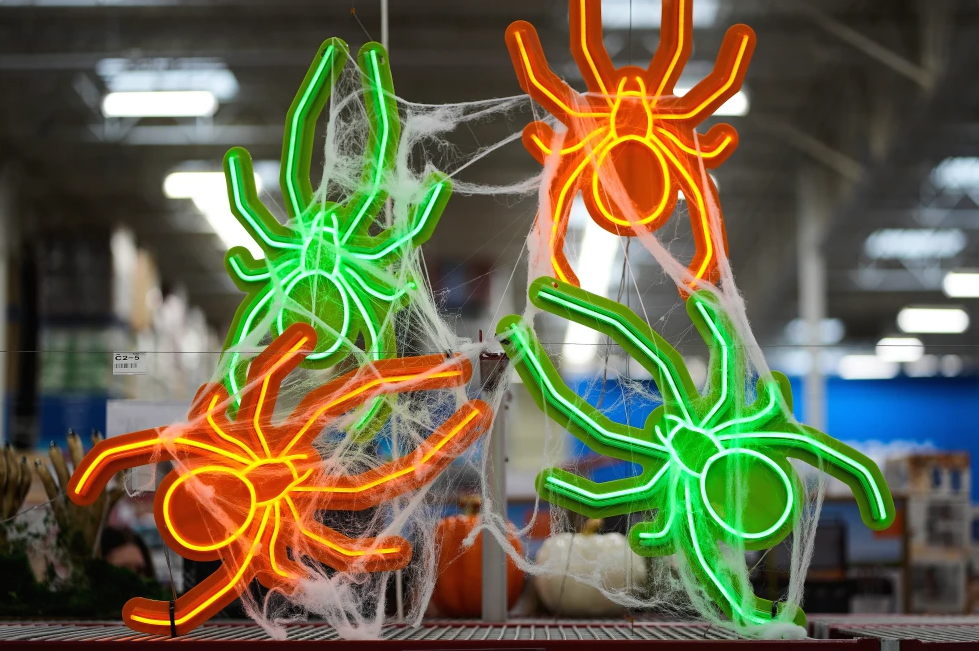Be Careful: Recognizing Dots on Your Skin That Could Signal Skin Cancer
Your skin is your body’s largest organ, serving as a vital barrier against infections, environmental damage, and harmful UV rays. But it also acts as a window into your internal health. Among the many signs your skin can reveal, certain dots, spots, or discolorations shouldn’t be ignored—they could be early warnings of serious conditions like skin cancer.
Why Monitoring Your Skin Matters
Early detection of skin cancer dramatically improves treatment success. Many people overlook small changes, dismissing them as harmless blemishes. However, some patterns, colors, or evolving marks may indicate danger—especially unusual dots that could be melanoma or other forms of skin cancer.
Which Dots Warrant Concern?
While freckles and benign moles are common, certain spots require prompt medical evaluation. The most worrisome types include:
1. Black or Dark Brown Dots with Irregular Borders
These could be signs of melanoma—the deadliest skin cancer. Melanomas often grow and change shape over time and tend to have uneven borders and multiple colors, such as shades of brown, black, red, or blue.
2. Persistent Red or Pink Dots
Lesions like basal cell carcinoma (BCC) or squamous cell carcinoma (SCC) may appear as shiny, scaly patches or sores that don’t heal. They might be crusted or ulcerated but generally grow slowly. Early treatment is essential to prevent complications.
3. Clusters of Small Red or Purple Dots
These can indicate blood vessel issues or more serious conditions like leukemia or Kaposi’s sarcoma—a rare cancer linked to weakened immune systems. Sudden appearance, especially with symptoms like fatigue or easy bruising, calls for immediate medical attention.
4. Dark Dots Under the Nails
A persistent dark spot under a fingernail or toenail that doesn’t grow out with the nail could be subungual melanoma. Often mistaken for a bruise, these spots don’t fade and should be checked by a dermatologist.
The ABCDE Rule: Your Guide to Spotting Skin Cancer
Use this simple guideline to identify potentially dangerous skin changes:
- A – Asymmetry: One half looks different from the other.
- B – Border: Irregular, jagged, or blurred edges are suspicious.
- C – Color: Multiple shades or unusual colors like blue, red, or white.
- D – Diameter: Larger than 6mm (about the size of a pencil eraser).
- E – Evolution: Changes in size, shape, or color over time.
Who’s at Higher Risk?
Certain factors increase the likelihood of developing skin cancer:
- Excessive Sun Exposure: Long-term UV exposure without protection.
- Fair Skin: Light skin, freckles, and light-colored eyes provide less natural protection.
- Family History: Personal or family history of melanoma or other skin cancers.
- Weakened Immune System: Conditions or treatments that suppress immunity.
- History of Sunburns: Severe sunburns, especially in childhood, raise melanoma risk.
What Should You Do If You Notice Suspicious Dots?
If you observe any of these warning signs:
- See a Dermatologist Promptly: A specialist can perform a biopsy to determine if the spot is cancerous.
- Avoid Self-Diagnosis: Many benign spots mimic cancerous ones. Only a professional can give an accurate assessment.
- Practice Sun Safety: Use broad-spectrum SPF 30+ sunscreen, wear protective clothing, and avoid tanning beds.
- Regular Skin Checks: Examine your skin monthly, paying attention to hard-to-see areas like your back, scalp, and behind your ears.
Final Thoughts
Your skin’s health is crucial—staying vigilant about new or changing spots can be life-saving. If you notice dots or marks that match these warning signs, don’t ignore them. Early detection and treatment can make all the difference. When in doubt, consult a healthcare professional—because with skin cancer, caution is always better than regret.




